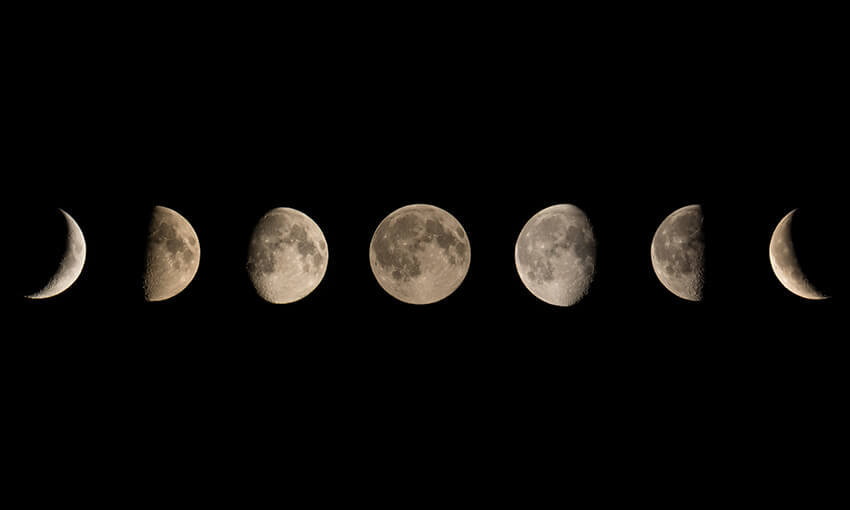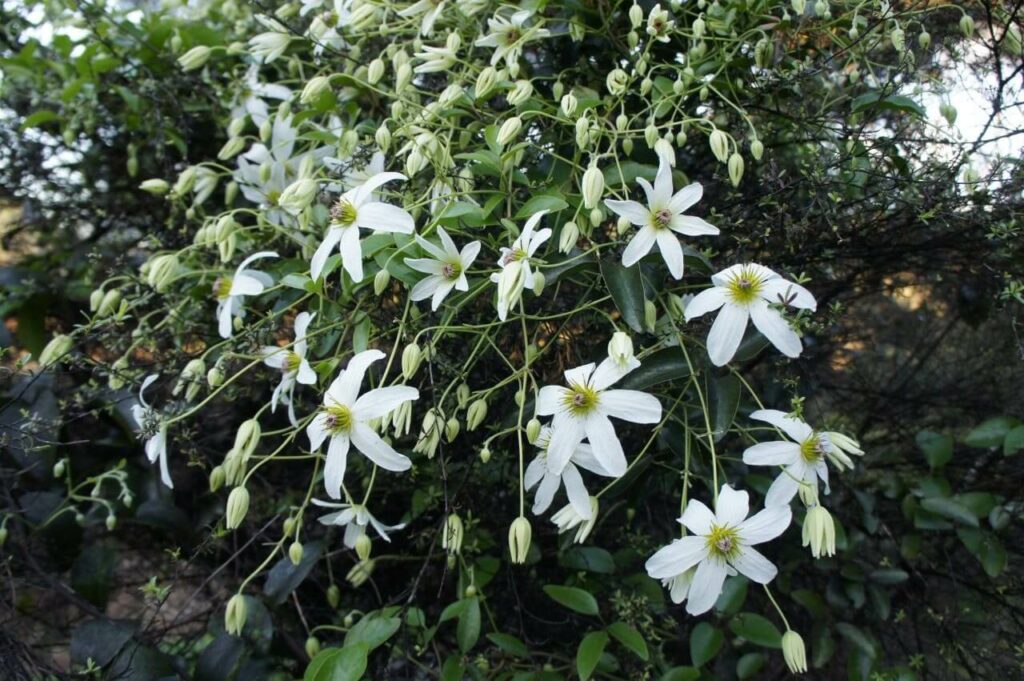Tēna tātou e te whānau!
Last month in conjunction with Matariki we were lucky enough to attend a hui about the maramataka Māori, hosted by our hau kāinga – Te uri o Hau, at a venue we know super well – Tara iti golf course!
Our kaikorero for the event was Heeni Hotorene (Ngāti Hine). Heeni is sought after across the country to speak on Maramataka Māori and is considered a Tohunga (expert) in this subject.
So we thought we’d write a bit about what we learnt and how we’ve implemented some our new mātauranga (knowledge)!
So what is Maramataka Māori?
Great question! And one that comes with a number of answers.
On a very basic level – Maramataka Māori is the Māori calendar, however, it is much more than just a modality to tell the time/day/date. Essentially, it is using the taiao (nature) as a guide for a number of things – energy levels, planting times, harvesting times for fruit and vegetables, fishing times, migratory time for fish and bird species, appropriate times for collecting seed, and the list goes on and on…
For our Māori ancestors, the maramataka was essential for survival as it was their guide to when to plant/harvest vegetables and when to collect seafood/freshwater kai as well as rākau rongoā (medicinical plants) at the most abundant time.
How does the Maramataka work?
Each Iwi have their own take on the Maramataka – depending whether they reside on the West coast, East coast, Inland, North vs South island etc.
However, the commanalities are this:
- The rising of certain stars in the sky mark which month we are in
- The different phase of the moon mark which day/night we are in
- The position of the sun as it rises marks which season we are in
Therefore it is totally different to the gregorian calendar (the western calendar) that you and I use on a daily basis. For example, as I write this, it is August 20th, 2021 (Stink! level 4 lockdown) however in the Māori calendar it is: Mawharu (moon phase) of Hereturikoka (Marked by the rising of the star Zeta Persei).

How have Rural Design been using this knowledge?
Heeni spoke to us about the moon phases, and how we might use this on a day to day basis to help us in our daily lives.
At Rural Design this has meant (when possible) utlising the appropriate moon phases to plant or propogate, as well as selecting days for meetings when we know our energy levels are higher – such as rakaunui (full moon).
At the time of writing – puawānanga (clematis paniculata) is flowering which is also a sign that our ancestors used from the maramataka Māori to signal that spring is just around the corner.

As a company that is dedicated to restoring the land and caring for nature it was a pleasure to sit and learn from Heeni on a subject so close to our hearts. We’ll continue to use this mātauranga in our daily lives to help restore the whenua and awa of Aotearoa to the best of our abilities.
Nō reira, ngā mihi maioha ki a koe Heeni, otirā, ki ngā hau kainga o Te uri o Hau.
Thankyou to Heeni and Te uri o Hau for the amazing day and knowledge!
